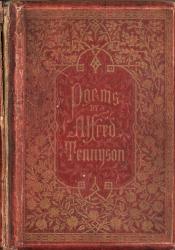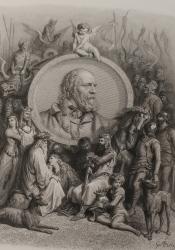Edward Moxon and Co. Publishing Firm
When Alfred, Lord Tennyson ended his professional relationship with Edward Moxon and Co. (44 Dover Street, Piccadilly) in 1869, the firm had been publishing his work for over thirty years. Although Tennyson had good relations with Edward Moxon himself, the poet's relationship to James Bertrand Payne, Moxon's successor, was fraught with tension. Tennyson's frustrations with Payne were rooted in Payne's commercial and financial strategies, by which the poet felt exploited. These tensions came to a head over Moxon's publication of an ornate illustrated edition of Tennyson's Idylls of the King, a venture that ultimately proved detrimental to the firm's finances and reputation.
To read a related blog post, click here: http://blogs.baylor.edu/19crs/2020/01/15/layers-of-interp…-king-in-context/
Coordinates
Longitude: -0.142161600000


